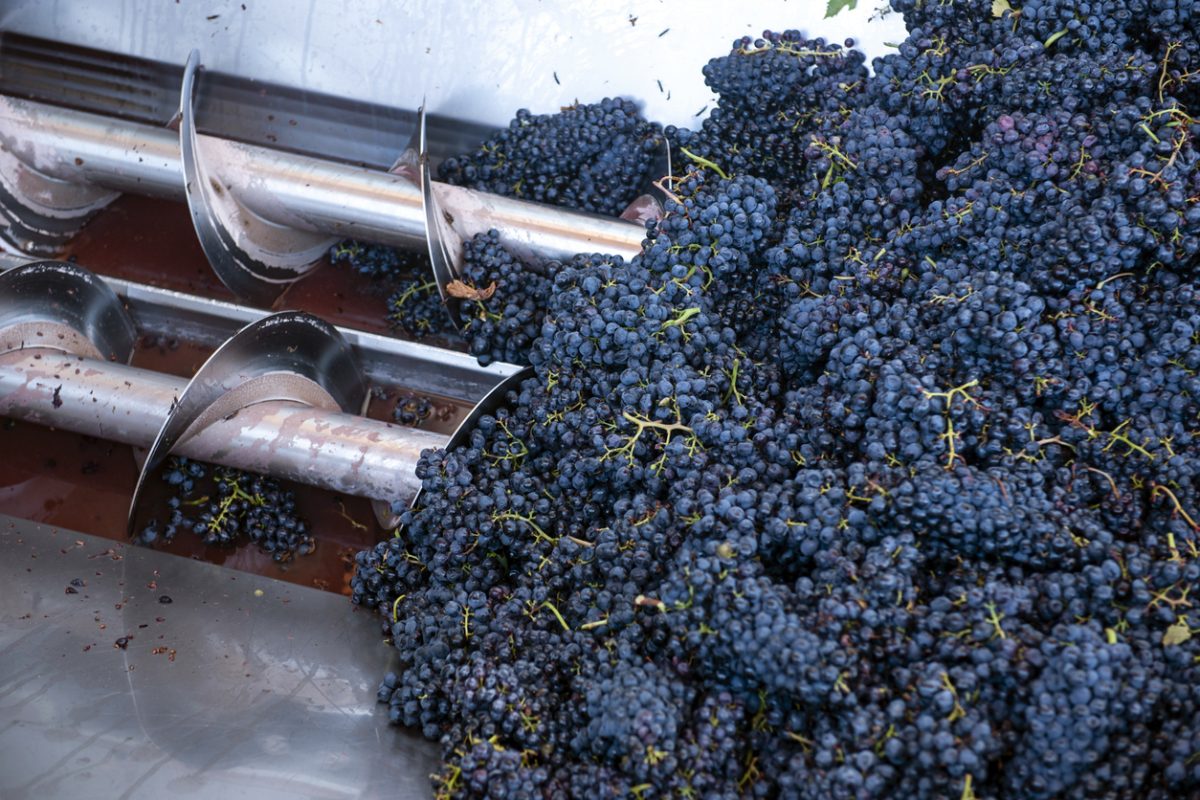After a record-breaking 2021, Wine Australia’s National Vintage Report (released June 5) has shown a 14 per cent reduction in the size of Australia’s grape crush, falling to 1.73m tonnes in 2022.
Total vintage value was also down, with Wine Australia estimating a dollar value of $1.21bn, representing a decrease of 22 per cent on 2021. Meanwhile, average price per tonne shrank to $630, a fall of 10 per cent.
All major grape varietals recorded reduced crushes, and (apart from Sauvignon Blanc) reductions in price per tonne. Shiraz crush fell by 19 per cent, while Chardonnay and Cabernet Sauvignon fell by six per cent and 19 per cent respectively. Merlot also recorded a 19 per cent decline, and Sauvignon Blanc dropped by 10 per cent.
Wine Australia’s Manager of Market Insights, Peter Bailey, said these results were likely due to a combination of grower adjustments in response to market conditions, and seasonal influences.
“After a record high vintage in 2021, a lower yield in general was expected due to reduced cropping potential. This natural variation was compounded by a number of significant seasonal effects – in particular heavy widespread spring and summer rainfall across much of the eastern half of Australia and a number of significant hailstorms,” Bailey said.
“Apart from seasonal effects, the 2021–22 season was challenging as a result of winery production capacity limitations going into vintage following the record harvest in 2021, compounded by reduced exports to mainland China and severe shipping disruptions that caused delays and escalated costs.”
Bailey also suggested that a shift in red and white grape crushes was being driven by market conditions, after the red winegrape crush fell by almost 200,000 tonnes to 959,131. Meanwhile, the white crush decreased by only nine per cent, to 775,129 tonnes, increasing the total share of white varieties to 45 per cent.
“Lack of winery production capacity, together with reduced exports and softening prices for red wines, may have resulted in wineries and growers reducing their overall production and/or intake of grapes – particularly red varieties,” Bailey said.
“Demand is shifting back in favour of white varieties. The average value for white winegrapes has increased every year since 2014, and in 2022 was the highest since 2008.
“However, it isn’t possible for our survey to separate normal seasonal fluctuations in yield and weather events from active strategies to reduce intake.”
Meanwhile, the value of red grapes is in year-on-year decline, having fallen from a peak of $871 per tonne in 2020 to $717 in 2022. However, Bailey provided a long-term perspective which suggests this decline is not quite as sharp as it first appeared, stating that 2022 value was still higher than 2017, and 46 per cent higher than 2011.
Concluding, Bailey noted that 2022 had been particularly difficult year for some winemakers and grapegrowers.
“Experiences differed across the country but there is no doubt that some grapegrowers have had a very tough year, with seasonal conditions and profitability hit by the significant reduction in red winegrape prices combined with escalating costs including fuel, fertiliser and energy,” Bailey commented.
Nevertheless, Bailey believes that are silver linings to be found, particularly with regard to the export market.
“Looking forward from this vintage, growing demand through the joint strategies of market intensification and market diversification is the key to ensuring sustainable winegrape prices,” Bailey said.
“Pleasingly, data is showing that there is demand for Australian wine in our major export markets such as the United States and the United Kingdom, particularly in premium price segments. There is also growth in a range of Asian markets, including Singapore, Japan, South Korea, Vietnam, Thailand and Taiwan.
“Wine Australia is working with the sector to identify new opportunities in these markets and in others, as well as developing new products and channels within the Australian domestic market.”
The full report can be accessed here.

